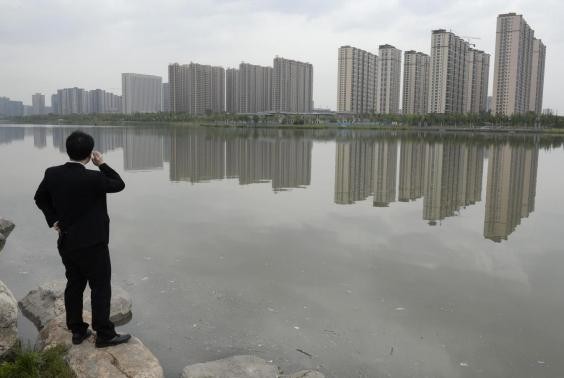Twenty out of 31 mainland provincial-level governments have publicly expressed their support for President Xi Jinping's "One Belt, One Road" project launched in 2013.
An analyst told reporters that the potential for enhanced local growth could be the main reason for the decision of the local governments, as improved relations with neighboring countries are expected.
The key areas that will be affected by the "One Belt, One Road" initiative have already been announced; 16 provincial-level governments from areas such as Qinghai, the Xinjiang Uyghur Autonomous Region, Chongqing and Yunnan have been included. All 16 regions, as well as four additional provincial-level regions, support the initiative and have indicated their plans for working with Beijing in relation to it.
Zhang Jianping, a research fellow with the Academy of Macroeconomic Research under the National Development and Reform Commission, explained:
"One reason for their desire to be part of the initiative is that it could help to speed up infrastructure construction and enhance trade and economic exchanges with neighboring countries, thus boosting local growth."
A number of the large-scale infrastructure construction projects under the plans of the provincial governments have already been revealed. South China's Guangxi Zhuang Autonomous Region is planning to strengthen relations with neighboring countries this year. Meanwhile, Guangxi's government work report includes a high-speed railway to connect Guangxi's capital city of Nanning and Baise.
The "One Belt, One Road" strategy, consisting of the Silk Road Economic Belt and the 21st Century Maritime Silk Road, was introduced by the Chinese president to bolster infrastructure, economic relations and trade ties with the key geographical stakeholders along both routes.



























